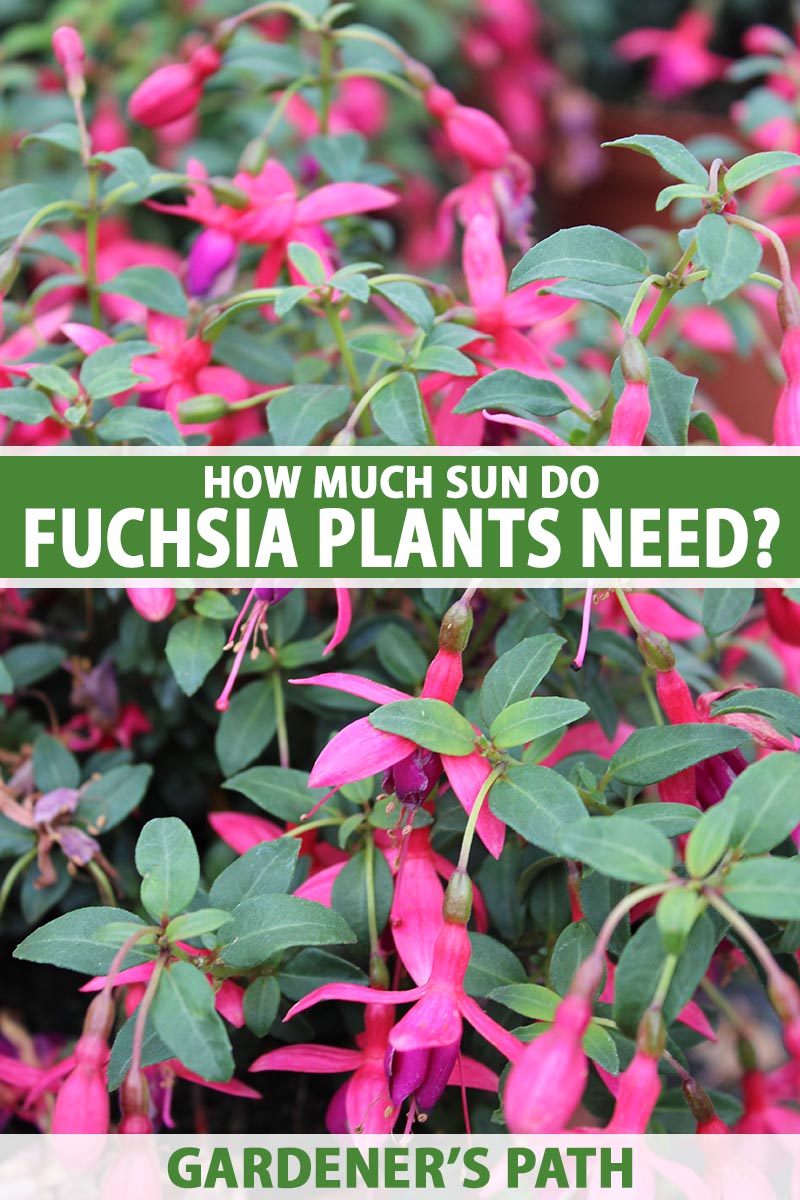There’s a misconception going around that fuchsias are tropical flowers that need lots of shade and heat. But, like me, they actually thrive in plenty of sunshine, provided it’s not too hot. We’re spoiled like that.
One of the reasons we gardeners typically grow fuchsia plants in shady corners is that they tend to wilt in the sun.
But that’s not because they don’t like the sun; it’s because they don’t like the heat or the dryness that excessive heat can cause.
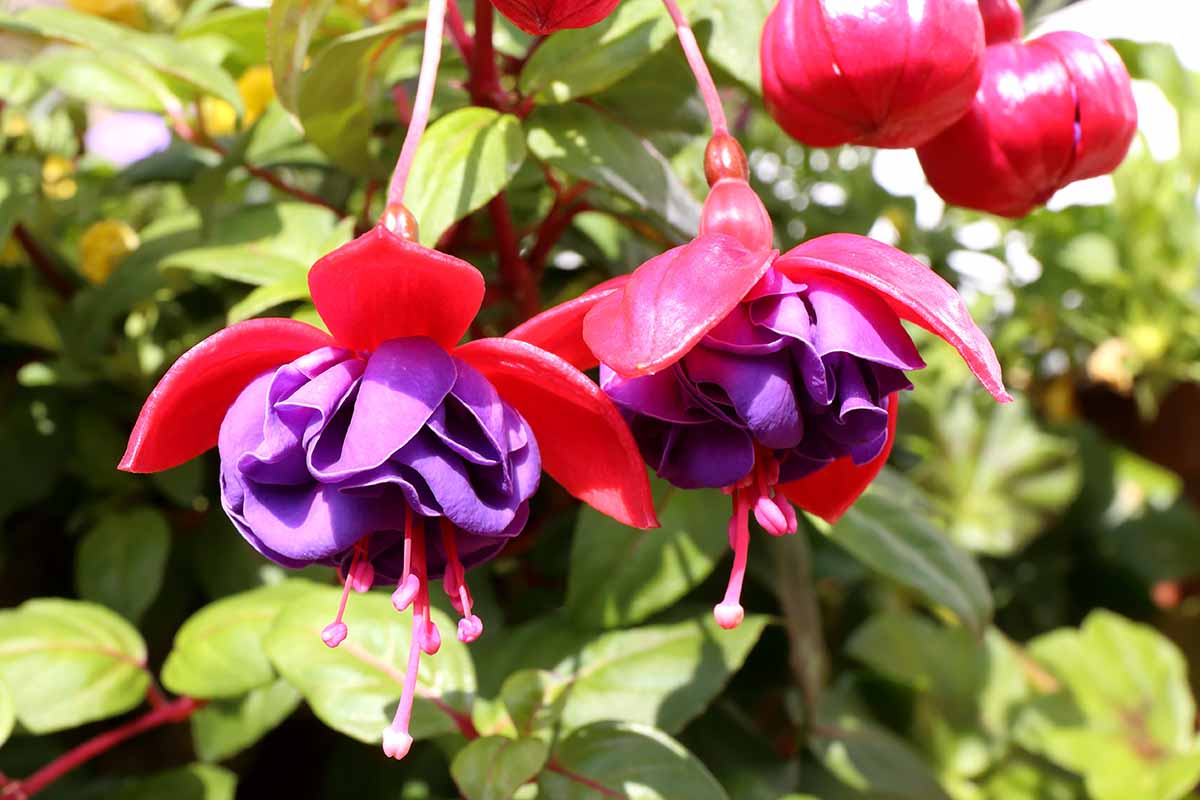
We link to vendors to help you find relevant products. If you buy from one of our links, we may earn a commission.
You’re probably here because you aren’t sure exactly what these pretty plants need.
This guide will make it all clear. Here are the subjects we’ll cover to help you determine where to place your fuchsia.
If you’re looking for some help beyond how to find the right exposure, check out our guide to growing fuchsia flowers.
First, let’s figure out exactly what kind of world these plants evolved to thrive in.
Natural Fuchsia Climates
It helps to have an understanding of the climate in which fuchsias grow naturally so we can figure out how to recreate it in our own space.

Fuchsia species are native to Central and South America and New Zealand, and they are often found growing in countries along the equator, so they are often classified as tropical plants.
But they don’t grow in the typical hot, humid regions that you might picture as “tropical.” They grow in more temperate climates, with frequent cloud cover and cool temperatures.
There are many species that grow at high, frosty, cool elevations, while those that are found closer to sea level are in windy, sometimes cold areas.
They often grow in the understory of forests, so they don’t always receive full sun, but some do grow in full exposure. Most of them probably thrive in more light than you might expect.
So, how does this translate to the garden? Let’s talk about that next.
Finding the Right Exposure
These plants can grow practically anywhere from full sun or nearly full shade. They’re extremely accommodating.
But we shouldn’t take advantage of their kindness. We should try to give them the light that helps them thrive. The right light exposure for your specimen depends on where you live.
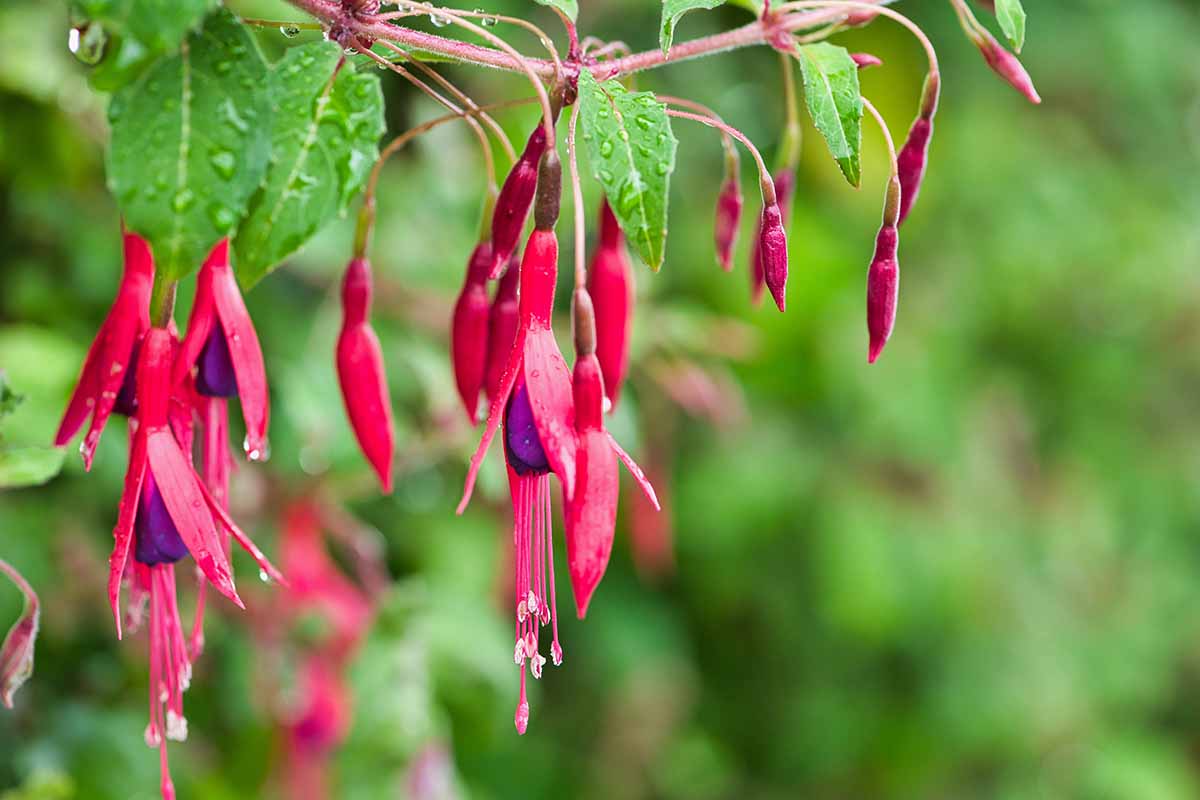
For climates that get hot, you need to provide more shade, particularly in the afternoon.
This is especially true if you live somewhere humid. A few hours of morning sunlight or dappled light all day should be about right.
In cooler regions similar to their native environment, like England and the Pacific Northwest, they can be exposed to full sun all day long.
The key is that these plants need to stay cool and the soil should be kept moist.
That’s why we often grow them in deeper shade than is ideal, as it’s easier to keep them moist and cool that way.
But if the temperature doesn’t often climb above 85°F, they do best in full or partial sun. You’ll be thrilled with how many flowers they produce when these plants have oodles of the bright stuff.
In dry climates like parts of California, the southwest, or Australia, afternoon shade will help keep the plant moist and cool. Plants in these areas need partial sun to partial shade.
I live in the Pacific Northwest, where it generally stays cool, but we have had a few summers where temperatures rose over 100°F.
On those days, I mist my plants regularly, and even though they’re in full sun, they survive. Sometimes, I have to trim off some leaves that get a bit of sunburn, but they recover fast.
To sum it up: the ideal exposure is full sun to partial sun, with six or more hours of sun per day.
But if you have a hot or extremely humid climate, you can compromise by keeping yours in a bit more shade.
All-day dappled shade is usually fine, though in too much shade, the flowering will be reduced.
Microclimates
Don’t forget the importance of picking the right spot in your garden. Every garden has microclimates, where the temperatures may be higher or lower than is typical for your region.
You might live in a less-than-ideal climate for these plants, but if you can find a good spot in your yard, you can fudge things a bit.
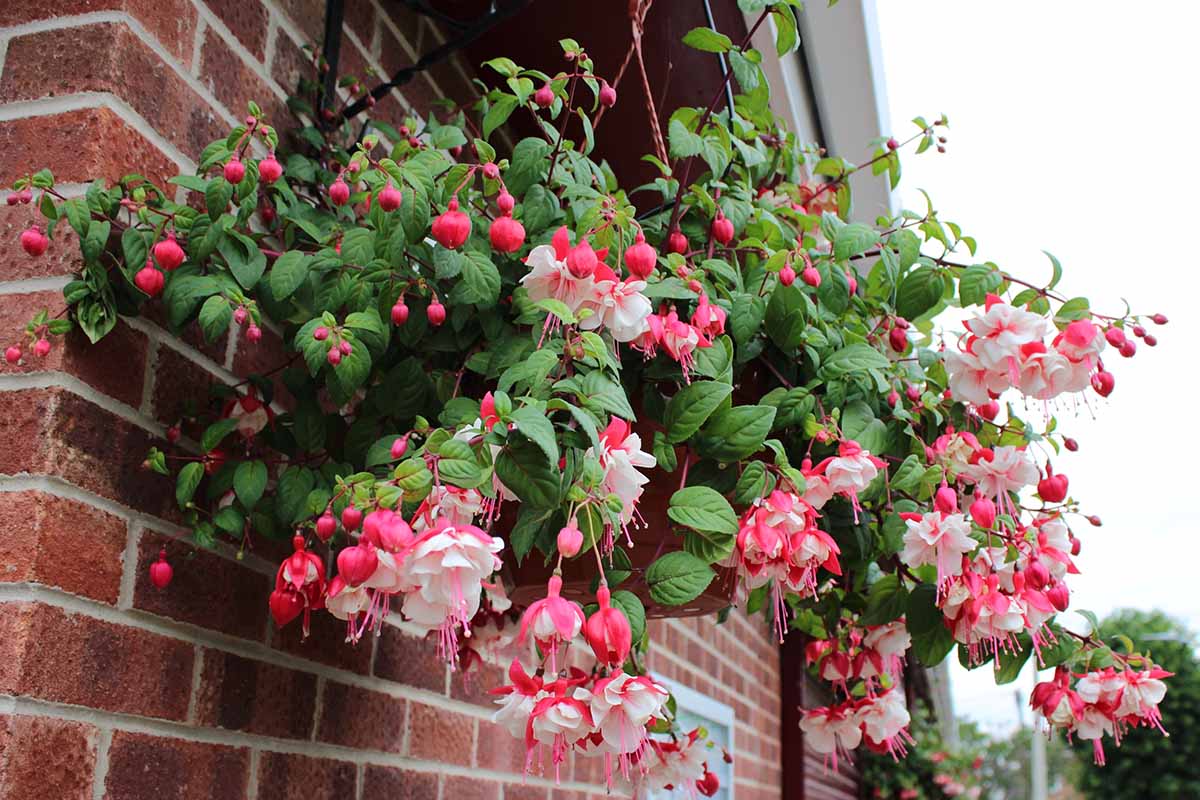
Locating your plant near a brick or cement wall or above a cement or brick patio will dramatically increase the temperature in the general area. Avoid that if you already live in a hot climate.
A breezy slope near a group of trees or near a pond or stream is generally cooler.
You might be able to place your specimen in full or partial sun in an area like this, even if your climate isn’t otherwise ideal.
Here Comes the Sun
Fuchsias can be tricky when it comes to sun exposure. They like more sun than you might expect, but only if the soil is moist and the temperatures cool.
Too much of that big fiery ball in the sky in a hot region is a recipe for disaster. In toasty areas, a bit of afternoon shade is not only nice, but necessary.
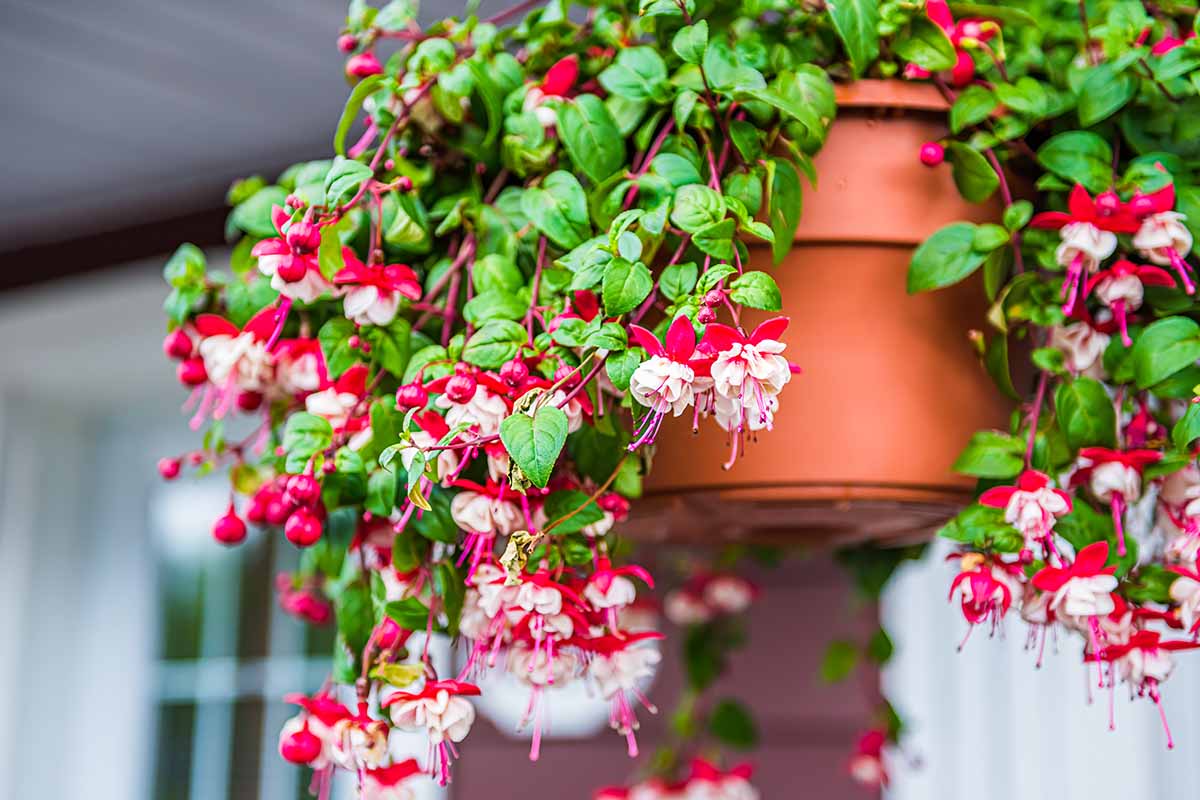
If you are growing in the Pacific Northwest, move that plant into the bright light!
Speaking of, if you decide to try and give your plant more light, do it gradually. Move it into the future location for an hour or two and move it back into the shade. Add time each day over a week. You don’t want to shock your plant all at once.
Where type of fuchsia are you growing? How much light will you give yours? Share your experience in the comments section below to help others in the same situation.
We’ve just scratched the surface of the big, wide world of fuchsia plants. If this guide was useful and you’d like to learn more, you might want to check out these next:


